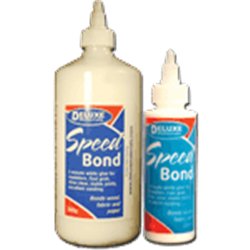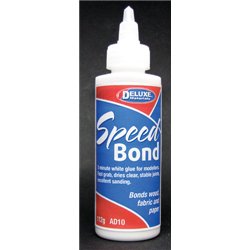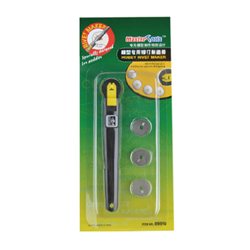Most modellers tend to underestimate the size of trees. Obviously, the size will depend on the tree but oaks can...
No products
Product successfully added to your shopping cart
There are 0 items in your cart. There is 1 item in your cart.
Search Tips
End of year opening times
If you select next day delivery, please note deliveries are not made on New Year's Day.
The shop in Sandown is closed on New Years's Day and closing at 2.30pm on New Year's Eve.
Tuesday 30th: 10am to 4.30pm - Wednesday 31st: 10am to 2.30pm - Thursday 1st: closed - Friday onwards: 10am to 4.30pm.
How do I make rivets?
You can buy packs of plastic rivets in several sizes. There is also the rivet maker from Trumpeter which is able to create different sizes.
If you want a DIY solution, you can make your own with PVA glue:
You will need a nice piece of scrap plastic, a blob of PVA glue and a cocktail stick / toothpick. Dip your stick in to the blob of glue and place it on the scrap of plastic create a line of mini blobs of glue which are going to be your rivets. If you want them to be bigger, wait until the glue has gone off and then add some more on top. When they are dry, you can just pick them off as required.
If you plan on making a lot I would suggest getting yourself a baking tray from the pound shop as this makes the perfect surface for creating rows of rivets.
The baking tray has many other uses in the world of modelling: I use mine for applying paint pigments, weathering pigments, and even making static grass tufts.
Click here to receive the tips weekly in your mailbox. You can unsubscribe at any time.










